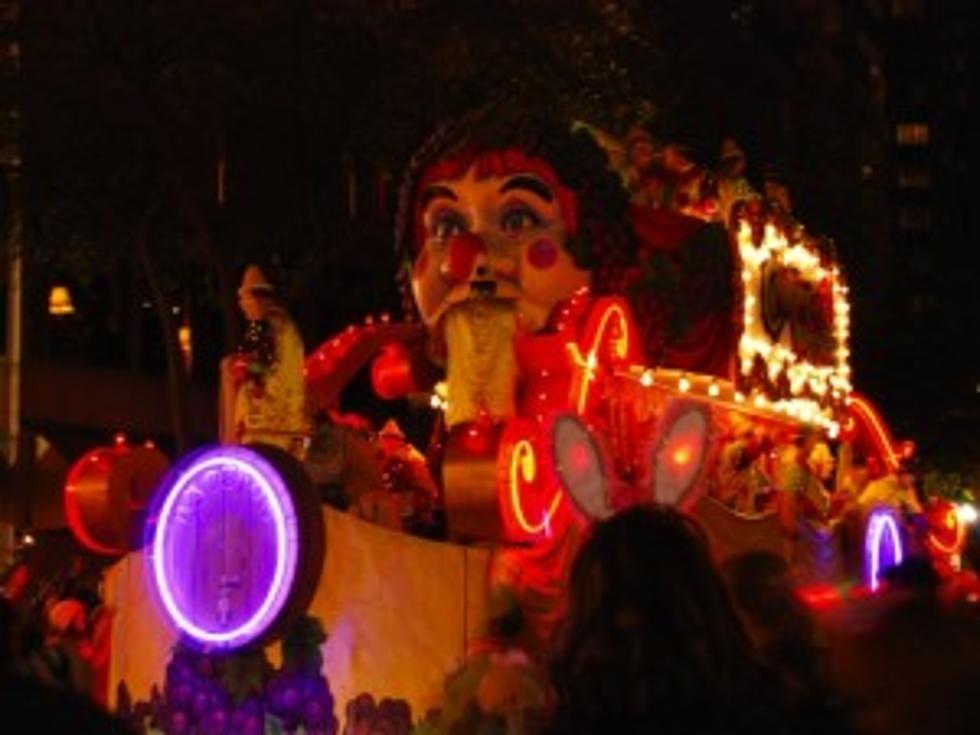
What Exactly Is the History Behind Mardi Gras?
After Hurricane Katrina devastated the Atlantic Coast in 2005, New Orleans, and the region as a whole, gained more prominence in the national and international news, and rightly so.
Although the folks living there have been through a great deal recently, their spirit still shines through. Nowhere is that more evident than in the riotous party known as Mardi Gras.
The origins of Mardi Gras stretch way back into time, thousands of year before the advent of Christianity. It was a wild festival in honor of fertility and the arrival of spring. As Christian emperors began to rule in Rome, the celebrations were integrated into the new faith. ‘Carnival’ became one last crazy party before the austerities of Lent, when people had to give up some, if not all, of the vices they so cherished.
The French were the first European settlers of New Orleans. They brought with them the tradition of carnival, and held Mardi Gras on the North American continent as early as 1699. When the Spanish took over the region later, they promptly outlawed the parties. The festivities were only reinstated after Louisiana was acquired by the United States in 1812.
Many of the costumes and ideas of Mardi Gras come from traditional Catholic carnivals celebrated all over the world, plus a few innovations unique to New Orleans. The krewes, or organizations that host balls and parades as part of the celebrations, were first created in the American South — Southern culture at its finest. The music, marching bands, beads, King Cake and colorful floats evolved over time, making Mardi Gras the grand party that it is today.
[History]
More From Q 105.7










